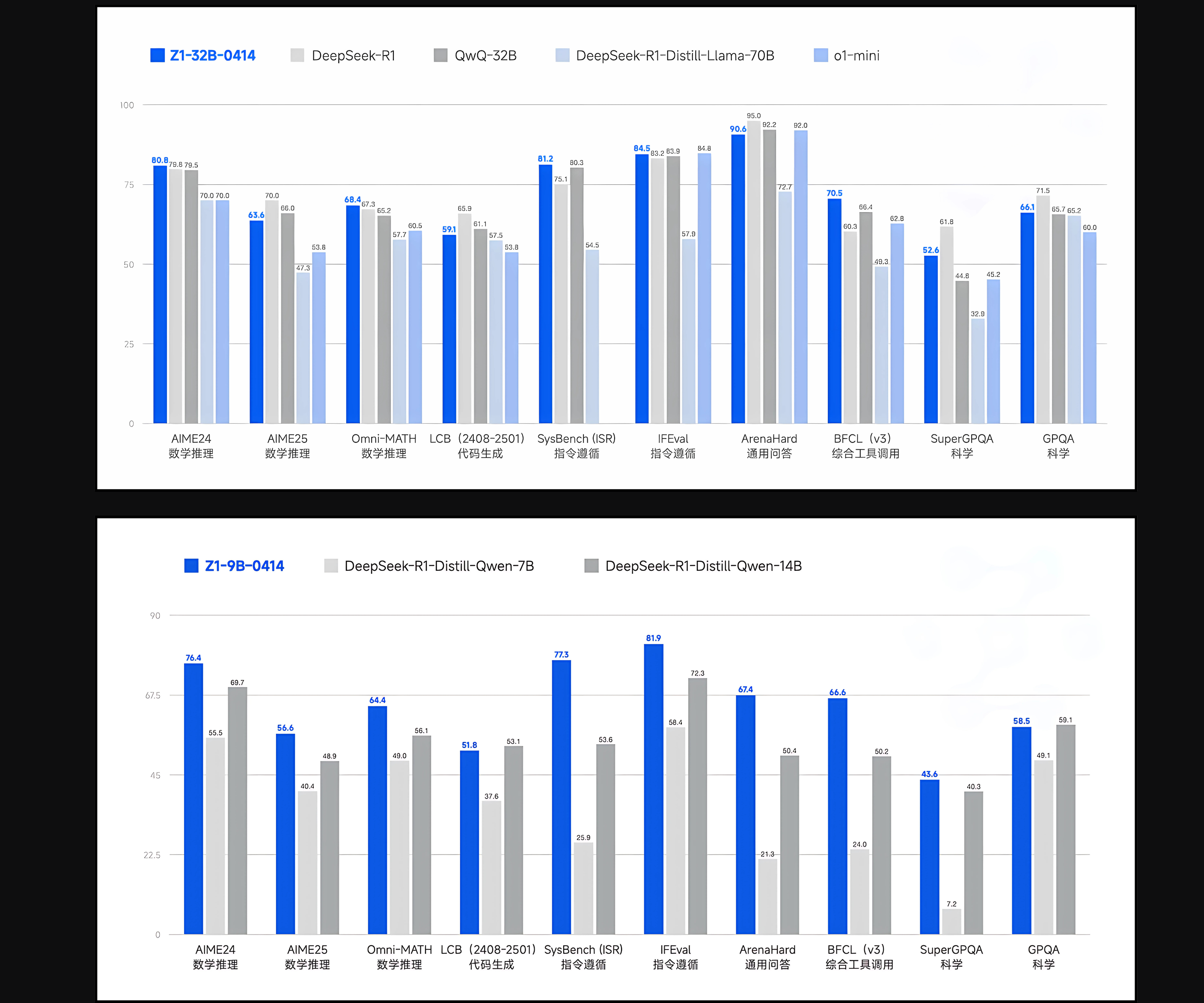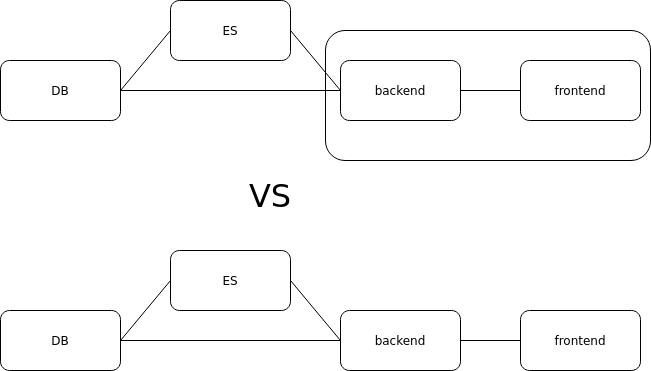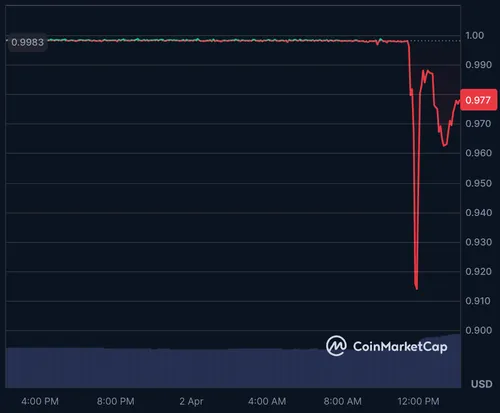INTRODUCTION TO SQL FOR DATA ANALYTICS
Understanding SQL (Structured Query Language) has become essential in the rapidly changing field of data analytics. SQL, the most crucial component of data management and analysis as it enables data analysts to effectively query and manage large datasets. In this article you will learn about sql, why sql is important for data analytics, the core sql concepts, the basic sql functions for data analytics, joining tables and sql in data analytics tools. Introduction to SQL SQL, or Structured Query Language, is a programming language that is used to manage data in relational databases, subsequently it is now the most commonly employed method for data access. IBM developed SQL during the 1970s. SQL can create, edit, delete, and retrieve data from databases such as PostgreSQL, Oracle, and MySQL by running queries. Need For SQL In Data Analytics While engineers often use SQL in software development, data analysts also prefer it for several key reasons: Easy to Learn and Understand: SQL’s simple syntax makes it accessible, even for those without a programming background. Direct Data Access: Analysts can query large datasets directly from their source without needing to export data into other applications, allowing for faster and more efficient analysis. Transparency and Reproducibility: SQL queries provide a clear, auditable process, making it easier to review and replicate analyses compared to using spreadsheet tools. The kinds of aggregations you might typically accomplish in an Excel pivot table—sums, counts, minimums and maximums, etc.—are easier to conduct with SQL, moreover it can also handle far larger datasets and numerous tables at once. Core SQL Concepts In SQL, data is organized into databases, which function as information storage and management containers. One or more tables, or structured data collections, are present in every database. Tables are composed of rows and columns. Each column holds a specific type of data (e.g., text, numbers, dates), and each row represents a unique record in the table. For example, in a Customer table, columns might include fields such as customer_id, name, email, and signup_date, while each row represents an individual customer and their details. This table structure makes it easy to organize and retrieve large volumes of data efficiently. FUNCTION STATEMENT/CLAUSE/FUNCTION Filtering Data WHERE Clause Aggregating Data COUNT, SUM, MAX, MIN, AVG Grouping Data Group By Sorting Data Order By Select statement Data is fetched or retrieved from a database using the SQL SELECT command. Users can retrieve particular data depending on predetermined criteria and gain access to the data. The full table can be retrieved, or we can retrieve it based on predefined criteria. select * from sales; -- Lists all the rows within the table one after another select SaleDate, Amount, Customers from sales; -- Selecting specific columns Filtering Data Where Clause In a result set, the WHERE keyword is used to retrieve filtered data. It is employed to get data based on specific standards. Data can also be filtered using the WHERE keyword by matching criteria. -- Selecting where the amount is greater than 10,000 select * from sales where amount > 10000 ; Having Clause The HAVING clause in SQL is used to filter groups of records after the GROUP BY operation has been performed. The key difference between the HAVING and WHERE clause lies in when and how they operate within the SQL query process. The HAVING clause filters is designed to work with aggregated data based on functions like SUM(), COUNT(), AVG(), and others. SELECT product_name, SUM(sales) AS total_sales FROM sales_data WHERE YEAR(sale_date) = 2024 GROUP BY product_name HAVING SUM(sales) > 1000; Aggregating Data Count Function For a given criteria, the COUNT() function returns the total number of rows that match. Understanding the volume of data entries and seeing trends based on countable indicators are two areas in which this function comes in handy. To count the number of sales SELECT COUNT(*) AS total_sales FROM sales; Sum Function The total sum of a numeric column can be obtained using the SUM() method. For computing totals like sales, revenue, or any other cumulative numerical value, this function is ideal. To calculate the total number of products sold SELECT SUM(quantity) AS total_products_sold FROM sales; Avg Function Assisting you in identifying major patterns in your data, the AVG() function returns the average value of a numeric column. When figuring out the average of a group of numbers, such as wages, costs, or scores, this is helpful. To find the average price of items sold. SELECT AVG(price) AS average_price FROM sales; MIN() and MAX() Functions The aggregate methods in SQL, MIN() and MAX(), work on a set of da

Understanding SQL (Structured Query Language) has become essential in the rapidly changing field of data analytics. SQL, the most crucial component of data management and analysis as it enables data analysts to effectively query and manage large datasets.
In this article you will learn about sql, why sql is important for data analytics, the core sql concepts, the basic sql functions for data analytics, joining tables and sql in data analytics tools.
Introduction to SQL
SQL, or Structured Query Language, is a programming language that is used to manage data in relational databases, subsequently it is now the most commonly employed method for data access. IBM developed SQL during the 1970s. SQL can create, edit, delete, and retrieve data from databases such as PostgreSQL, Oracle, and MySQL by running queries.
Need For SQL In Data Analytics
While engineers often use SQL in software development, data analysts also prefer it for several key reasons:
Easy to Learn and Understand: SQL’s simple syntax makes it accessible, even for those without a programming background.
Direct Data Access: Analysts can query large datasets directly from their source without needing to export data into other applications, allowing for faster and more efficient analysis.
Transparency and Reproducibility: SQL queries provide a clear, auditable process, making it easier to review and replicate analyses compared to using spreadsheet tools.
The kinds of aggregations you might typically accomplish in an Excel pivot table—sums, counts, minimums and maximums, etc.—are easier to conduct with SQL, moreover it can also handle far larger datasets and numerous tables at once.
Core SQL Concepts
In SQL, data is organized into databases, which function as information storage and management containers. One or more tables, or structured data collections, are present in every database.
Tables are composed of rows and columns. Each column holds a specific type of data (e.g., text, numbers, dates), and each row represents a unique record in the table.
For example, in a Customer table, columns might include fields such as customer_id, name, email, and signup_date, while each row represents an individual customer and their details.
This table structure makes it easy to organize and retrieve large volumes of data efficiently.
| FUNCTION | STATEMENT/CLAUSE/FUNCTION |
|---|---|
| Filtering Data | WHERE Clause |
| Aggregating Data | COUNT, SUM, MAX, MIN, AVG |
| Grouping Data | Group By |
| Sorting Data | Order By |
Select statement
Data is fetched or retrieved from a database using the SQL SELECT command. Users can retrieve particular data depending on predetermined criteria and gain access to the data. The full table can be retrieved, or we can retrieve it based on predefined criteria.
select * from sales;
-- Lists all the rows within the table one after another
select SaleDate, Amount, Customers from sales;
-- Selecting specific columns
Filtering Data
Where Clause
In a result set, the WHERE keyword is used to retrieve filtered data. It is employed to get data based on specific standards. Data can also be filtered using the WHERE keyword by matching criteria.
-- Selecting where the amount is greater than 10,000
select * from sales
where amount > 10000
;
Having Clause
The HAVING clause in SQL is used to filter groups of records after the GROUP BY operation has been performed. The key difference between the HAVING and WHERE clause lies in when and how they operate within the SQL query process.
The HAVING clause filters is designed to work with aggregated data based on functions like SUM(), COUNT(), AVG(), and others.
SELECT product_name, SUM(sales) AS total_sales
FROM sales_data
WHERE YEAR(sale_date) = 2024
GROUP BY product_name
HAVING SUM(sales) > 1000;
Aggregating Data
Count Function
For a given criteria, the COUNT() function returns the total number of rows that match. Understanding the volume of data entries and seeing trends based on countable indicators are two areas in which this function comes in handy.
To count the number of sales
SELECT COUNT(*) AS total_sales
FROM sales;
Sum Function
The total sum of a numeric column can be obtained using the SUM() method. For computing totals like sales, revenue, or any other cumulative numerical value, this function is ideal.
To calculate the total number of products sold
SELECT SUM(quantity) AS total_products_sold
FROM sales;
Avg Function
Assisting you in identifying major patterns in your data, the AVG() function returns the average value of a numeric column. When figuring out the average of a group of numbers, such as wages, costs, or scores, this is helpful.
To find the average price of items sold.
SELECT AVG(price) AS average_price
FROM sales;
MIN() and MAX() Functions
The aggregate methods in SQL, MIN() and MAX(), work on a set of data and return a single output.
The minimum value of the specified columns is returned by the SQL MIN() method, while the maximum value of the selected columns is returned by the SQL MAX() function.
To find the lowest and highest price of items sold
SELECT MIN(price) AS lowest_price
FROM sales;
SELECT MAX(price) AS highest_price
FROM sales;
Grouping Data
GROUP BY
The SQL GROUP BY statement is used to group rows that have the same values in specified columns. It is commonly used in combination with aggregate functions (e.g., COUNT, SUM, AVG) to perform calculations on each group of data.
For example, it groups rows based on a column's value if multiple rows contain the same value in that column.
SELECT gender
FROM employee_demographics
GROUP BY gender
;
Final Thoughts
With SQL skills, you are well-prepared to conduct comprehensive data analysis and extract meaningful insights from your data. Whether handling small datasets or large data warehouses, SQL serves as a solid foundation for efficient data management and analysis.











































































































































































![[The AI Show Episode 143]: ChatGPT Revenue Surge, New AGI Timelines, Amazon’s AI Agent, Claude for Education, Model Context Protocol & LLMs Pass the Turing Test](https://www.marketingaiinstitute.com/hubfs/ep%20143%20cover.png)




































































































































































































































.png?#)




































.webp?#)
.webp?#)

























































































![[Fixed] Gemini app is failing to generate Audio Overviews](https://i0.wp.com/9to5google.com/wp-content/uploads/sites/4/2025/03/Gemini-Audio-Overview-cover.jpg?resize=1200%2C628&quality=82&strip=all&ssl=1)

![What’s new in Android’s April 2025 Google System Updates [U: 4/14]](https://i0.wp.com/9to5google.com/wp-content/uploads/sites/4/2025/01/google-play-services-3.jpg?resize=1200%2C628&quality=82&strip=all&ssl=1)











![Apple Seeds tvOS 18.5 Beta 2 to Developers [Download]](https://www.iclarified.com/images/news/97011/97011/97011-640.jpg)
![Apple Releases macOS Sequoia 15.5 Beta 2 to Developers [Download]](https://www.iclarified.com/images/news/97014/97014/97014-640.jpg)




































































































































